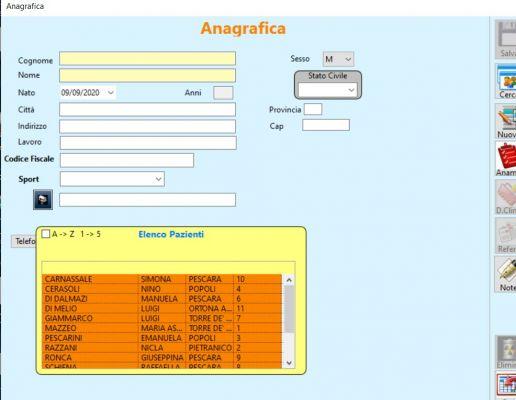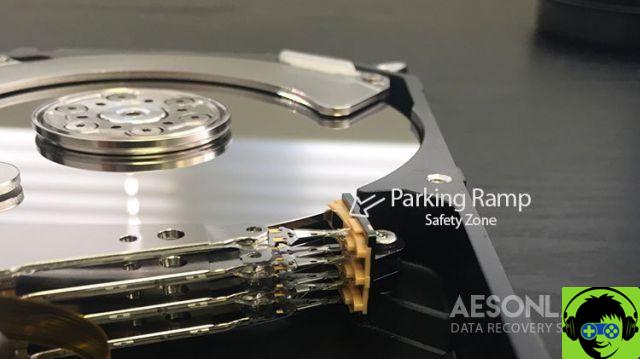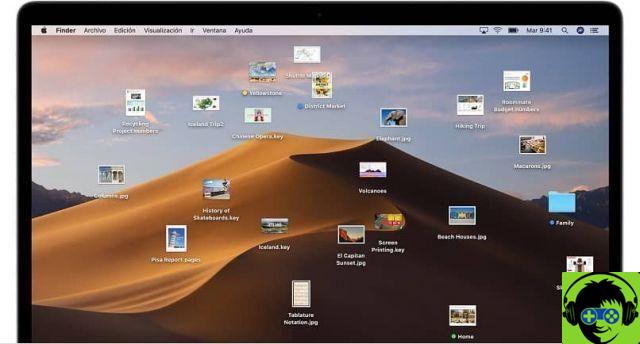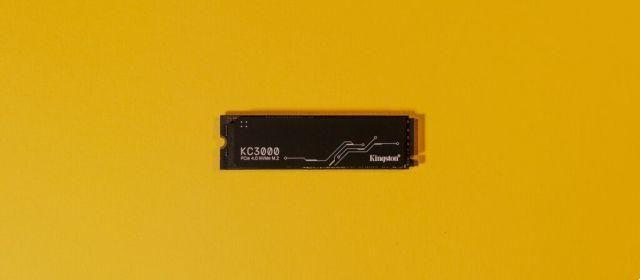There are times when good things come from bad. Of all of Apple's peculiarities, one of the most irritating is its obsession with secrecy, even on matters that don't matter.
Last month, as Apple was preparing its battery of launches consisting of colorful iMacs, new iPads, AirTags, etc. a group of hackers managed to infiltrate the servers of one of its main providers.
The REvil ransomware group claimed to have hacked into Quanta Computer Inc's servers and downloaded a ton of data. You may not know that Quanta makes parts for the MacBook. REvil demanded $ 50 million in Monero cryptocurrency, or would release the stolen files, including the final product design plans.
REvil finally released? some documents (which suggests that you have not received any payment for your crime). Motherboard magazine has reviewed PDFs that show circuit diagrams for MacBook components and layouts for a laptop's logic board. They were dated March 2021, which suggests they correspond to a pending release.
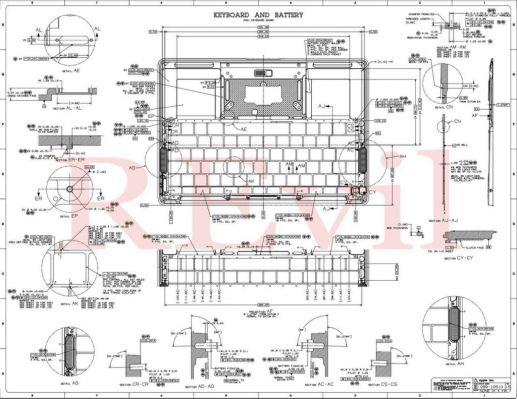
The threat to Apple was based on the idea that Quanta documents could reveal the design of an unreleased product, allowing competitors to react in time or by changing user expectations (by boosting by delaying purchases, for example, waiting for the new product. ). But the PDFs that Motherboard has accessed don't have that kind of information. Anyone who thought that looking at the documents could deduce the design of some new device would be left with a nose arch, and of course, those plans cannot be used to build a clone of a MacBook.
So far the bad part. Normally it would be just another one of the sordid chapters of connected life, where bad guys find ways to get in and steal someone else's property and try to make a financial profit with threats and extortion.
Good from bad
But this is where Apple's secrecy factor comes into play. While the published designs are of no use to those who want to get an idea of what Apple has up their sleeve, they are pure gold for those who just need to understand how the different parts of the MacBook are connected.
Because, incredibly, Apple doesn't allow anyone, not even authorized repairers per se, to access that information. What is the usual norm in other industries (can you imagine that a car manufacturer has not given workshops access to plans to know how the car is built?), Is something unthinkable for Apple.
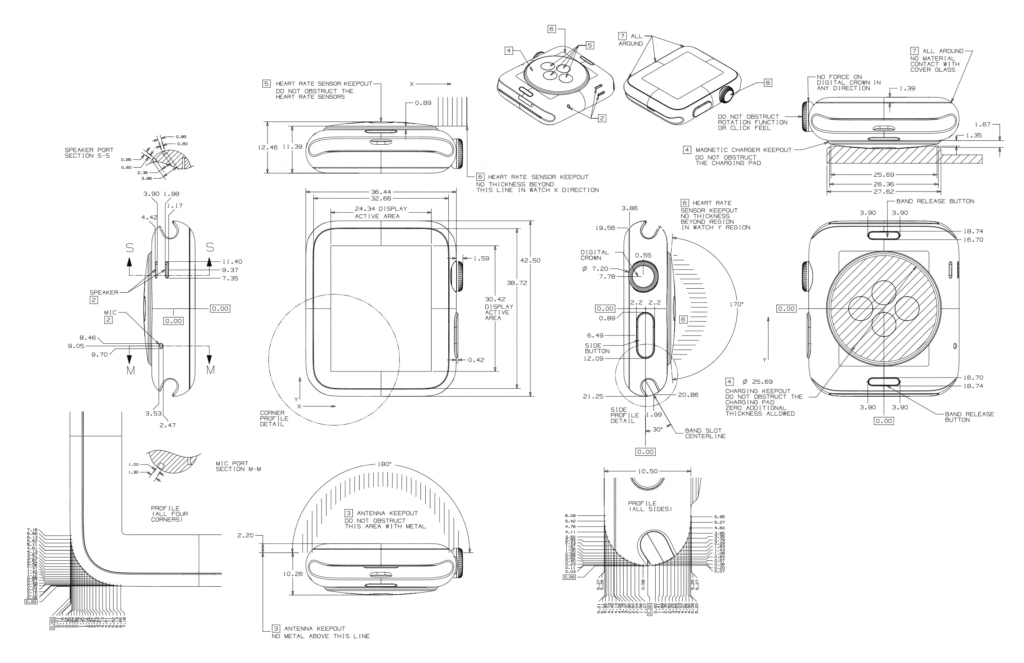
Hence, unknowingly, REvil has done a huge favor to repair shops who have to recover Apple computers with serious hardware failures. They can already be found in forums and online stores for a few dollars.
From a technical service perspective, REvil theft is more than a bunch of PDFs - it's a bit of light in the darkness of the struggle between Apple's network and independent workshops whose mission is to satisfy the customer who brings them. computer.
While a hobbyist with a guide and toolbox can perform some basic repairs, such as replacing the MacBook battery, motherboards are much more complex. They may require microscopic adjustments to the circuits and chips. And these are the components that determine whether anyone will be able to recover their data when things go wrong.
Many professionals, including Apple's licensed network, can't do these jobs because they don't know how the components are connected. That is why the publication of the plans has been a blessing for them.
While sharing these plans is illegal (since its creator, Apple, doesn't authorize it), these types of documents are a lifesaver for service stores. They don't see an ethical problem in sharing them (on USB or CD) because they don't think it should be a secret.
The fact of the matter is that Apple is under no obligation to provide detailed manuals for its hardware. Lawyers and lobbyists touting the "right to repair" are trying to break through this wall by amending legislation, which would force manufacturers of all types (from telephones to tractors) to produce certain documentation, including production schemes available throughout the year. world.
Although Apple records the projects, right-to-repair advocates say these plans reveal no secrets, simply by labeling the parts everyone has on hand.

"The idea that there is something creative about the way the lines are drawn is a little ridiculous, but that's the norm," says Gay Gordon-Byrne, executive director of the Repair Association. “Just armed with a blueprint, you can't build a phone or a MacBook. The diagram is basically: this part relates to this. You don't know what parts they are or what they do. You just know there is a connection ”.
An expert can reconstruct how it all fits together. Trial and error experiments can tell how a circuit in the device works, how small a component connects to a particular function in a machine, but that takes time, maybe even years.
Conclusion
Perhaps REvil missed the mark and should have auctioned off the plans to Apple's service stores, who would be more than happy to have access to that source material they usually deal with.
That compliance with the REvil threat by publishing the schematics has benefited those who repair computers shows that even Apple does not consider this information essential for the development of its business, further consolidating the idea that Apple uses the oldest rule in the world not to provide such information. information. When asked why he doesn't, he simply replies "why not".
And there's nothing else to talk about.




